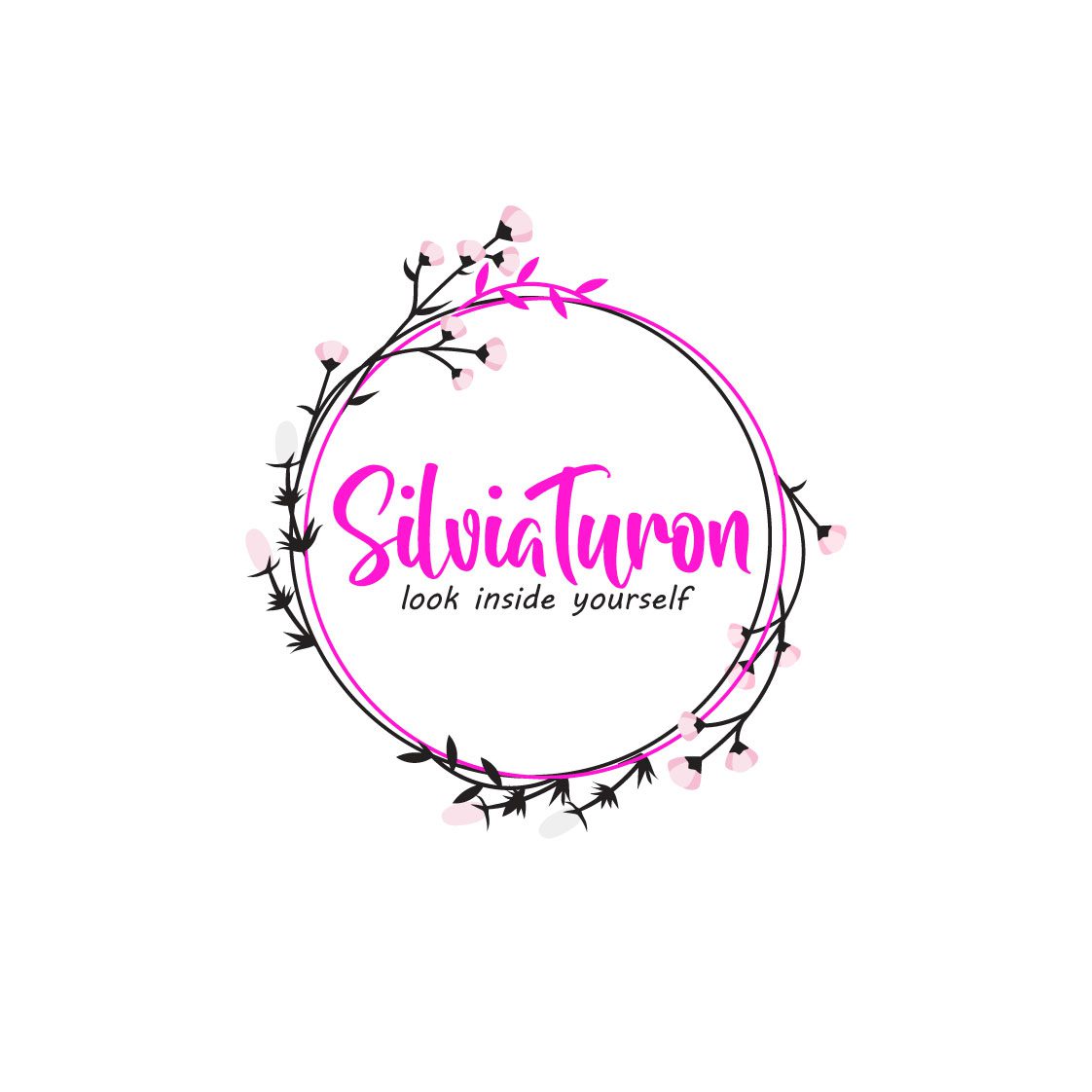4 Ways How to Self-Regulate and Become in Control of Your Life
“What lies in your power to do, it lies in your power not to do.” Aristotle
Over the weekend, my mom and I spoke. To be honest, I sometimes I dread these phone calls since she has been battling substance abuse for many years, and I never know what will happen on the other side when I call her.
As we began the conversation, she shared with me some of the things within our family circle that activated my triggers. I started to get upset. I noticed that my heartbeat sped up, and judgment entered my mind. About three thoughts later, I paused, put the phone on mute, and took three deep breaths. Afterward, I reminded myself that I couldn’t control this but had the power to choose my emotions.
Although I reached the point of inner victory this time, I failed at it many times before. The only thing that drove me to try again was the desperation and hopelessness that came from an inability to control everything.
Since I am recovering from my codependency, you can only imagine how crucial control was for me. Getting to the point where I matured enough to realize that the only person I have control over is myself was a rocky road, but also the one where I learned what feeling empowered means and how important it is for us to learn to self-regulate.
1. Understand where is the power
Anytime my clients come to me and start overthinking about someone in their life or feel upset by their actions, I always ask them: “Where is your power?”
The reason is not to dismiss their feelings or perceptions of the situation but put them back in the driver’s seat.
When we focus on what other people do, how they wrong us, and how they should act, we give them the power to define our mental and emotional state. Although others may do things we don’t like, and we can certainly hold them accountable by enforcing boundaries, they are entitled to do whatever they choose to.
Therefore looking within and defining our power, whether in terms of boundaries or personal choices, is the healthiest and most empowering thing we can do for ourselves. Learning how to self-regulate is about protecting our mental and emotional health.
2. Practice mindful awareness
The negative emotional charge that comes from being triggered is fast and automatic. Therefore, practicing mindful awareness helps us become better observers of our thoughts and allows us to define what part of us needs healing.
Here is an example of how you can implement the practice of mindful awareness and use it to self-regulate. Someone says something that activates your trigger, and you feel the rush of emotions like anger or frustration.
This emotional charge will send a signal to your brain that something is making you angry or sad or that you feel out of place.
By being aware of these emotions, you pause and ask yourself:
“Do I want to let this person or a circumstance be in charge of my emotional health?”
Or
“How can I lower this emotional charge and think of this situation from a more rational point of view?” E.g. taking a break, asking the person to revisit the conversation in a few hours, or examining why you are triggered and what opportunity for healing this represents.
Mindful awareness is observing your bodily reactions like breathing, heartbeat, and how you feel within your body while defining what you think makes you feel this way. One of the best ways to train for this is while meditating when you are calm and present.
You can also practice it during the day while performing your usual tasks. Let’s say you are walking or driving, or cooking. Observe your body, what you feel, and the rhythm of your breath, and then ask yourself, “What am I thinking that causes these emotions?”
Practicing mindful awareness is crucial when we learn how to self-regulate. Often it is a matter of a few seconds before we spiral into an anger or judgment attack, get carried by what other people say or do, lose our cool, and then feel miserable.
Learning to self-regulate is a fundamental tool for controlling our thoughts and emotions while choosing to respond instead of react.
3. Understand your triggers
We all have different triggers that activate when people do or say something we may not like. As part of self-discovery, it’s good to understand those triggers. To better understand your healing and what deserves more attention and care, ask yourself the following questions:
- What makes you angry fast, and why?
- What frustrates you?
- What you can’t stand when people do, and why does it have such an emotional charge?
- Is there any part of you that needs more healing and care?
Remember that understanding your triggers is not about justifying them while blaming others but seeing where more healing and nurturing needs to happen within.
4. Practice detachment
Part of our healing journey is to understand that what others do or how they act is never about us. Although it is hard to digest that our parents aren’t there for us even though we think they should or that people we deeply love betray us, we can ease the pain by understanding that the actions of others only reflect their inner world.
Whatever manifests on the outside is first born within. Although it takes mental power and some wound healing to understand this within our hearts, we can do it by practicing detachment while focusing on our recovery.
Learning how to self-regulate may not always be easy. It takes commitment to your healing and overcoming your ego. However, to live in peace while effectively managing your mental and emotional state, further healing, self-discovery, and practicing detachment are inevitable.












Leave a Reply